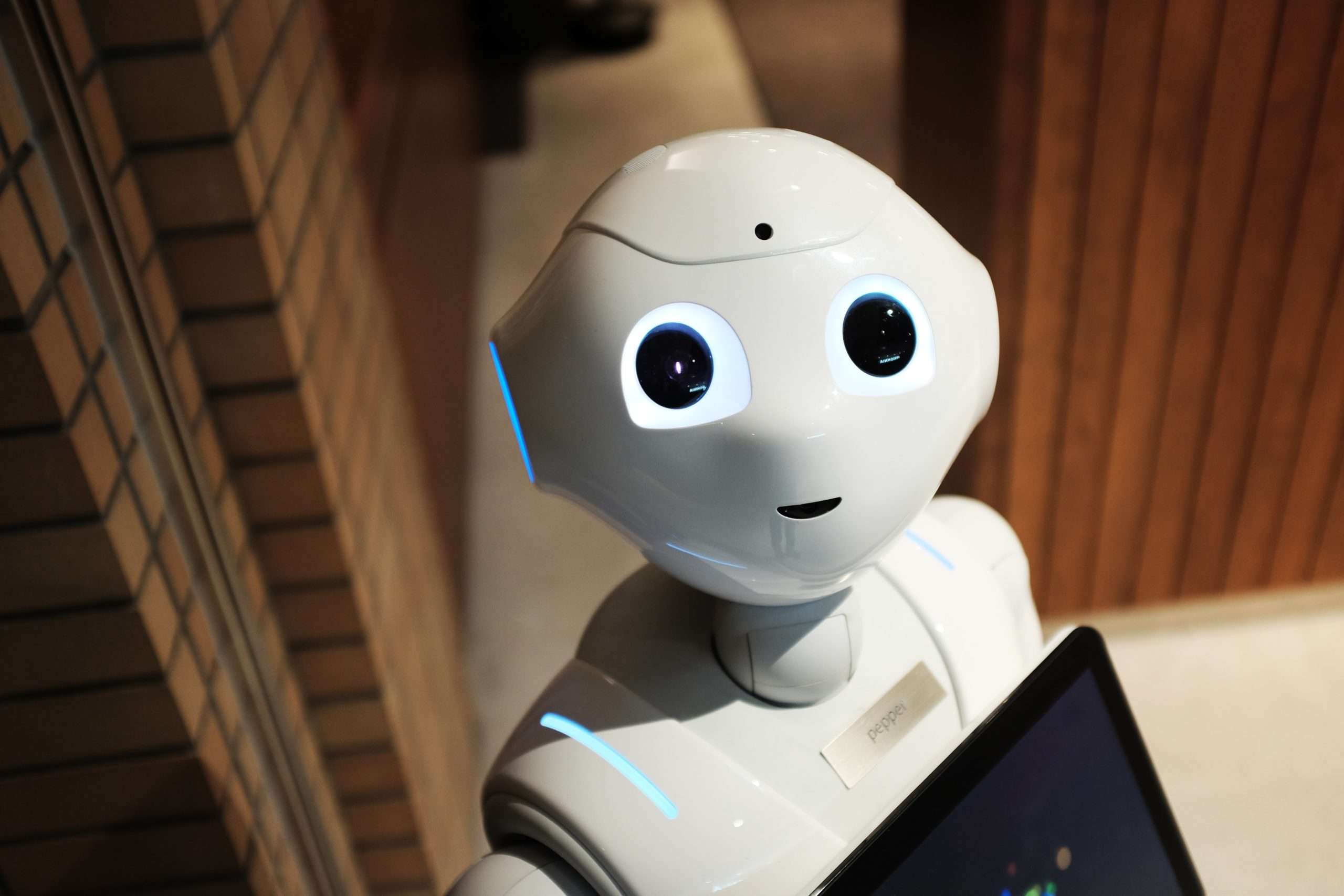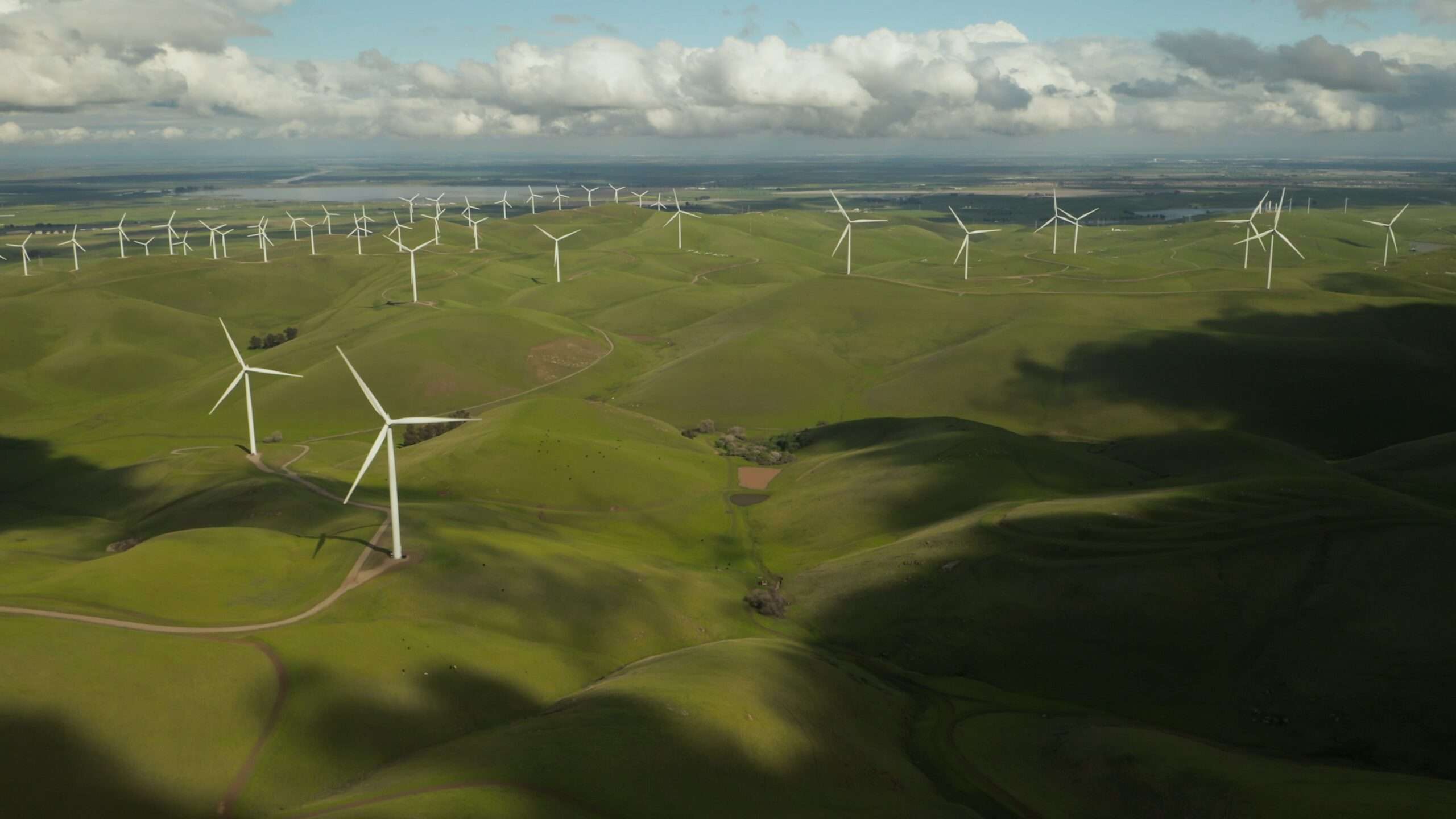Why Focus on Hard-to-Abate Sectors?
The Hard-to-Abate sectors can be divided into heavy industry: cement, steel and chemicals such as plastic and heavy-duty transport such as road trucking, container shipping, and aviation.
According to the Energy Transitions Commission’s report, “Mission Possible: Reaching Net-Zero Carbon Emissions from Harder-to-Abate Sectors by Mid-Century”, “these sectors currently account for 10Gt (30%) of total global CO2 emissions, but, on current trends, their emissions could account for 16Gt by 2050 and a growing share of remaining emissions as the rest of the economy decarbonizes.”
Many countries’ national strategies to meet the Paris Agreement on emissions reduction do not address hard-to-abate sectors. The Energy Transitions Commission goes on to say that these sectors can be abated by 2050 “at a cost to the economy of less than 0.5% of global GDP and with a minor impact on consumer living standards.”
Strategies: From Circular Economy to Clean Energy
To meet net-zero CO2 emissions from heavy industry the Mission Possible report argues for a more circular economy from plastics, steel, aluminum, and cement. This would reduce CO2 emissions by 40% globally, and by 56% in developed economies by 2050.
A circular economy for these four industries would involve more efficiently using current materials through recycling, reusing and reducing the materials needed in supply chains such as transport, buildings, and consumer goods. Improving product design e.g. designing buildings with less concrete in mind, longer product lifetimes, and new service-based and sharing business models (e.g. car sharing) would also improve efficiencies.
Industrial sectors will also need to improve energy use. Between 15-20% of energy consumption could be reduced through better production techniques. The rest would need to be addressed by electrification powered by alternative energy sources such as hydrogen or biomass for heat production. Combined with carbon capture and underground storage, these alternatives would go further in reducing CO2 emissions.
In transportation from freight transport to aviation, CO2 emissions could be reduced through better design and logistics efficiency. For example, trucking and short-haul aviation could be replaced with high-speed rail and deliver up to 20% reduction in CO2 emissions.
Switching from heavy road transport to electric drivetrains will become more efficient and less polluting in the near-term. Electric trucks are likely to become cost-competitive in the next few years. In both shipping and aviation, electric engines using battery or hydrogen energy storage could be used in short-haul transport. Long-distance aviation will instead need more efficient and cleaner fuels such as bio or synthetic jet fuel, ammonia, or biodiesels.
What are the decarbonization costs to companies, consumers, and the economy?
An argument against decarbonizing hard-to-abate sectors is that it is too expensive. It requires investments in new manufacturing and production processes that use clean fuels and carbon capture. The upfront costs could make the companies less profitable at least in the short-term. If one company invests in decarbonization but its competitors do not, that company could suffer financially.
This argument has been debunked by Jens Burchardt, BCG’s global expert on climate change and co-founder of the Center for Climate Action. In his TED Talk, Burchardt argues that companies should invest in carbon-zero processes by passing along the cost to consumers.
The Mission Possible report supports this argument. While the upfront costs for the industry can be high, when passed on to consumers, the cost is minimal.
Here are some examples:
Cement:
Cost to Producer:
-
+$100 per ton of cement or 100% higher
-
+$30 per ton of concrete or 30% higher
Cost to Consumer:
-
+15,000 or 3% higher on cost of $500,000 home
Steel:
Cost to Producer:
-
+$120 per ton or 30% higher
Cost to Consumer:
-
+180 on new car or 1%
Plastics:
Cost to Producer:
-
+$500 per ton of ethylene or 50% higher
Cost to Consumer:
-
+10 cents on bottle of soda or >1%
Heavy road/trucking:
Cost to Producer:
-
none
Cost to Consumer:
-
none
Shipping:
Cost to Producer:
-
+$4million on bulk carrier voyage
Cost to Consumer:
-
+30 cents on $60 pair of jeans or >1%
Aviation:
Cost to Producer:
-
+$0.3-0.6 per liter of jet fuel or 50-100% higher
Cost to Consumer:
-
+$40.80 for economy class seat on 6,500 km flight or 10-20% higher
The report goes on to say that the “additional cost of decarbonized heavy industry and heavy-duty transport would only be 0.5% of global GDP by mid-century. The cost of running a net-zero-CO2-emissions economy would be well less than 1% of GDP.”
The Role of Public Policy in Pushing Hard-to-Abate Sectors to Decarbonize
Heavy industry and transport will not be able to decarbonize without the support of government. According to the Mission Possible report, policies could help companies in several ways. They include:
● Creating strong incentives for decarbonization including energy efficiency, materials efficiency and circularity
● Investing in renewable energy for electrification to bring the price below that of fossil fuels
● Investing in hydrogen technology and infrastructure
● Designing carbon pricing to avoid effects of international competitiveness
● Developing Carbon Capture and Storage infrastructure
● Coordinating international policies and regulations on materials efficiencies and taxation
● Creating incentives to decarbonize fractured industries like shipping
Even with the right public policies in place, the road to decarbonization of cement, steel, plastics, and heavy transport will not be easy. These particular industries have an “institutional path dependency” according to the World Resources Institute. WRI argues that change will be hard because government policies, institutions, and industries are intertwined and stakeholders often have vested interests in maintaining the status quo. “Energy-intensive industries have developed over centuries, and the institutions around them are strong and well organized into labor unions, industry associations, and the government institutions that regulate them.”
Nevertheless, your company can be a catalyst for change. By examining your supply chains and sources of materials such as plastics, cement, and steel, and your shipping, air, and trucking distribution channels, you can make better choices for the planet.

 5.0
5.0 





















